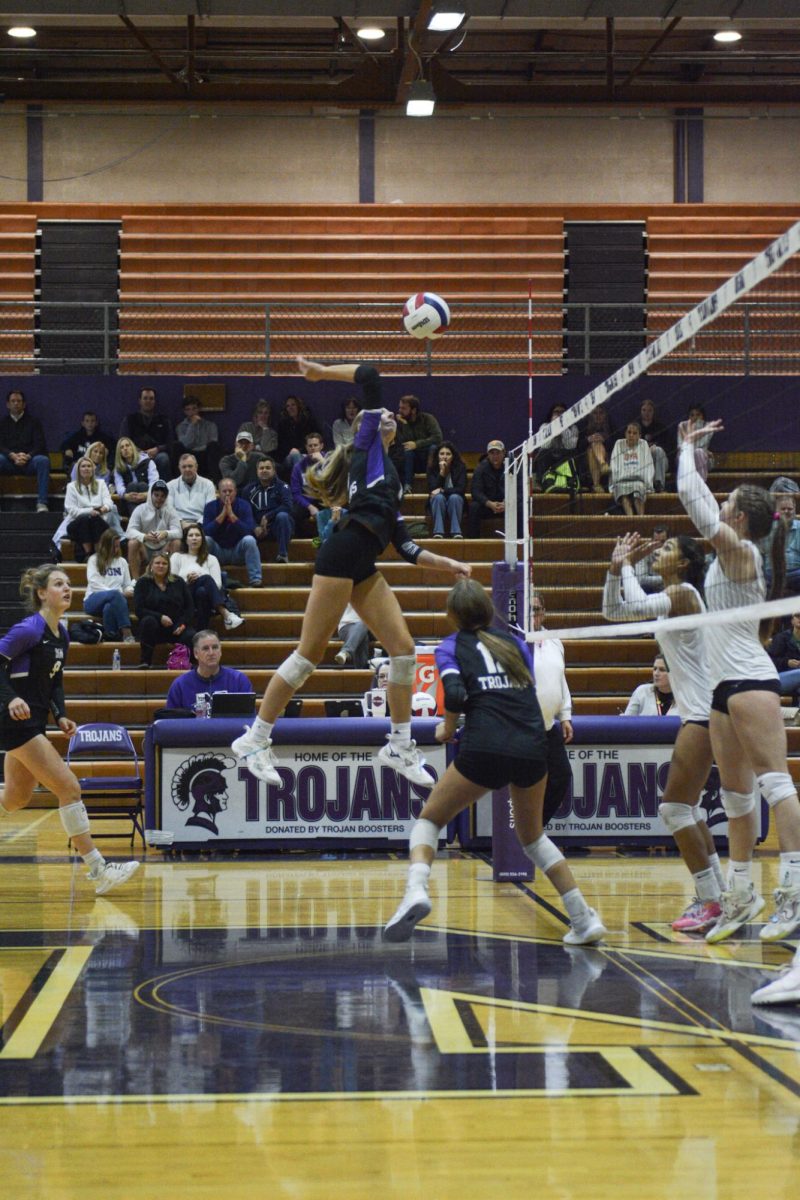Heart rate monitors are often unfair
December 18, 2018
As a school requirement, all students at DGN must complete 4 years of physical education, aside from in-sport varsity athletes who may have exemptions. Whether it’s PE 1, anger management, or self defense class, these classes all require some form of exercise multiple times in the school week. For the non-athletic student who couldn’t care less about physical exertion, this may seem like the end of the world.
However, these students have somehow been able to achieve high grades in PE class regardless of complete effort, while intense student athletes are struggling to get their heart rate high enough to achieve an A.
There are only two words that can make somewhat logical sense of this unfair phenomenon: heart monitors.
Let’s take a journey through the typical heart rate monitor day, with a student who has a high level of endurance. He has just doused his heart monitor strap in the water fountain so it can read his heart rate correctly.
As the student joins the rest of his class, he is told to begin his workout and sustain an average of 150 BPM. The student runs, as this is one of the only activities he can do to get his heart rate up, but struggles to get it consistently above the mark. Time’s up, and he has a 142 average, an F for the day.
Meanwhile, the kid he passed by half a dozen times, who was talking to his friends and jumping rope occasionally, checks his average time and walks away with a huge grin: 153 BPM, which is an A+.
Instances like these happen far too often at school. With a rule requiring every student to enroll in a PE class, varsity athletes should not be required to wear heart rate monitors.
When in season, students spend hundreds of hours dedicated to their sport, and primely conditioned athletes should not be bettered by a student who performs at the bare minimum to reach his 150 BPM, just because the athlete has a lower resting heart rate.
Many cross country runners, for example, have no problem running mile after mile without hesitation or pain. There have been too many cases of these incredible runners having great careers on the team, yet still having a C+ for their physical education course due to these heart rate assignments.
Gym class is a place where varsity athletes are primed to dominate the daily activity, rather than getting beat out by students who have a low effort and high heart rate level.
If this keeps up, physical education courses will continue to be ruled by them, instead of the ones who have the grit and motivation to do well.

























